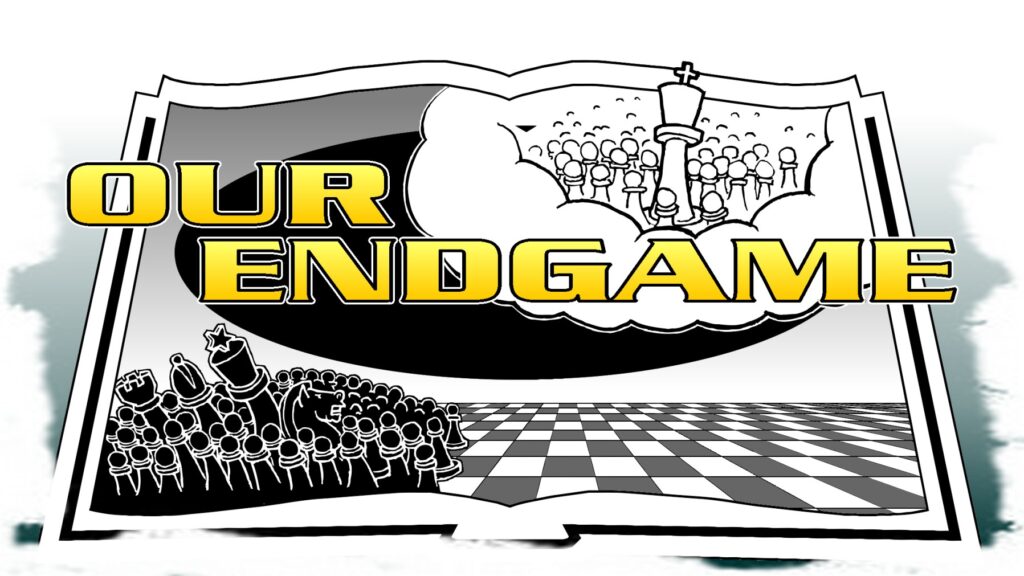St. Benedict found the world, physical and social, in ruins, and his mission was to restore it in the way not of science, but of nature, not as if setting about to do it, not professing to do it by any set time, or by any rare specific, or by any series of strokes, but so quietly, patiently, gradually, that often till the work was done, it was not known to be doing.
— John Henry Newman
So observed John Henry Newman (nineteenth century theologian) of the great founder of monasticism of the early medieval period. St. Benedict’s endeavor was a restoration rather than a visitation, correction, or conversion. The new work which he helped to create was a growth rather than a structure.
Silent men were observed about the country, or discovered in the forest, digging, clearing, and building; and other silent men, not seen, were sitting in a cloister, tiring their eyes, and keeping their attention on the stretch, while they painfully copied and recopied the manuscripts which they had saved. There was no one who contended or cried out, or drew attention to what was going on, but by degrees the woody swamp became a hermitage, a religious house, a farm, an abbey, a village, a seminary, a school of learning, and a city.
Ora et labora … Work and pray.
This is the motto of the Rule of St. Benedict, written in AD 516 by the founder of Western monasticism, Benedict of Nursia. For fifteen centuries Benedictine monks and many laypeople have taken this motto to heart, adhering to “the rule” in their daily lives.
You are not here merely to make a living. You are here in order to enable the world to live more amply, with greater vision, with a finer spirit of hope and achievement. You are here to enrich the world, and you impoverish yourself if you forget the errand.
— Woodrow Wilson

Leave a Reply